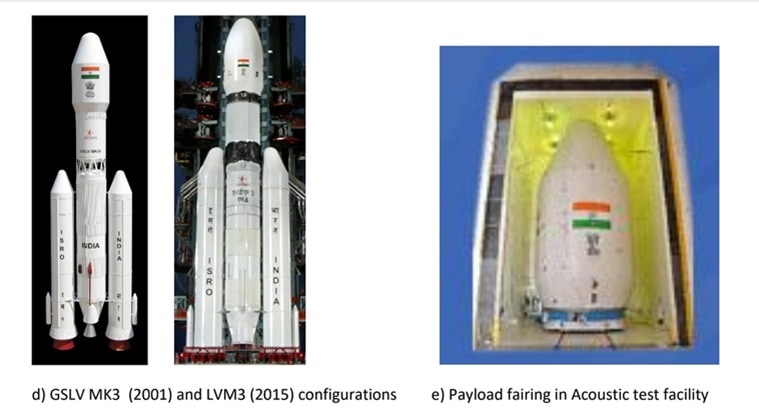Over 3,000 wind tunnel tests of Chandrayaan-3 launch vehicle done at Bengaluru facility
The 1.2m trisonic wind tunnel of the CSIR-National Aerospace Laboratories has been the workhorse for all national aerospace programmes since 1967
 A wind tunnel tests the aerodynamics of rockets and aircraft. It helps manufacturers understand the nature of the flow of air over and around a rocket and other aircraft.
A wind tunnel tests the aerodynamics of rockets and aircraft. It helps manufacturers understand the nature of the flow of air over and around a rocket and other aircraft. The Council of Scientific & Industrial Research-National Aerospace Laboratories (CSIR-NAL) said the main launch vehicle — Mark III, or LVM3 — that carried the Chandrayaan-3 module on Friday had undergone more than 3,000 wind tunnel tests at the Bengaluru facility.
A wind tunnel tests the aerodynamics of rockets and aircraft. It helps manufacturers understand the nature of the flow of air over and around a rocket and other aircraft.
An official from the NAL said that more than 3,000 wind tunnel tests were carried out to characterise the LVM3 vehicle and that these included force measurements, steady and unsteady pressure measurements and nozzle-load studies apart from surface and off-surface flow visualisation studies.
“Based on these wind tunnel tests, the configuration underwent major design changes in 2014-2015. All stages of LVM3 with Chandrayaan-3 payload fairing were acoustically characterised in this facility and cleared for launch, which was crucial for the mission,” the official added.
 A release from the CSIR-NAL said the 1.2m trisonic wind tunnel of the CSIR-National Aerospace Laboratories had been the workhorse for all national aerospace programmes since 1967.
A release from the CSIR-NAL said the 1.2m trisonic wind tunnel of the CSIR-National Aerospace Laboratories had been the workhorse for all national aerospace programmes since 1967.
A release from the CSIR-NAL said the 1.2m trisonic wind tunnel of the CSIR-National Aerospace Laboratories had been the workhorse for all national aerospace programmes since 1967. “All the major high-speed flight vehicles developed by the Defence Research Development Organisation, Indian Space Research Organisation, Hindustan Aeronautics Limited and the Aeronautical Development Agency have graduated out of this facility. The highest speed of this tunnel is Mach 4.0, which is four times the speed of sound. The mission of this facility is to provide advanced technology solutions to national aerospace programs, like fighter aircraft, defence systems, launch vehicles and space systems. The contribution of this facility to the LCA-Tejas fighter aircraft, PSLV, GSLV, RLV launch vehicles, missiles like Agni, Prithvi, AKASH, Brahmos, etc is remarkable,” it said.
A trisonic wind tunnel is capable of testing in three speed regimes—subsonic, transonic and supersonic.
“The main launch vehicle, LVM3, that carried the Chandrayaan-3 module was extensively tested and characterised in this facility. The LVM3 testing started in the year 2001. The LVM3 (GSLV MK3) is designed for geo-synchronous orbital missions and has a 5-metre diameter payload fairing to be able to accommodate large payload modules like space station segments,” the release further said.







